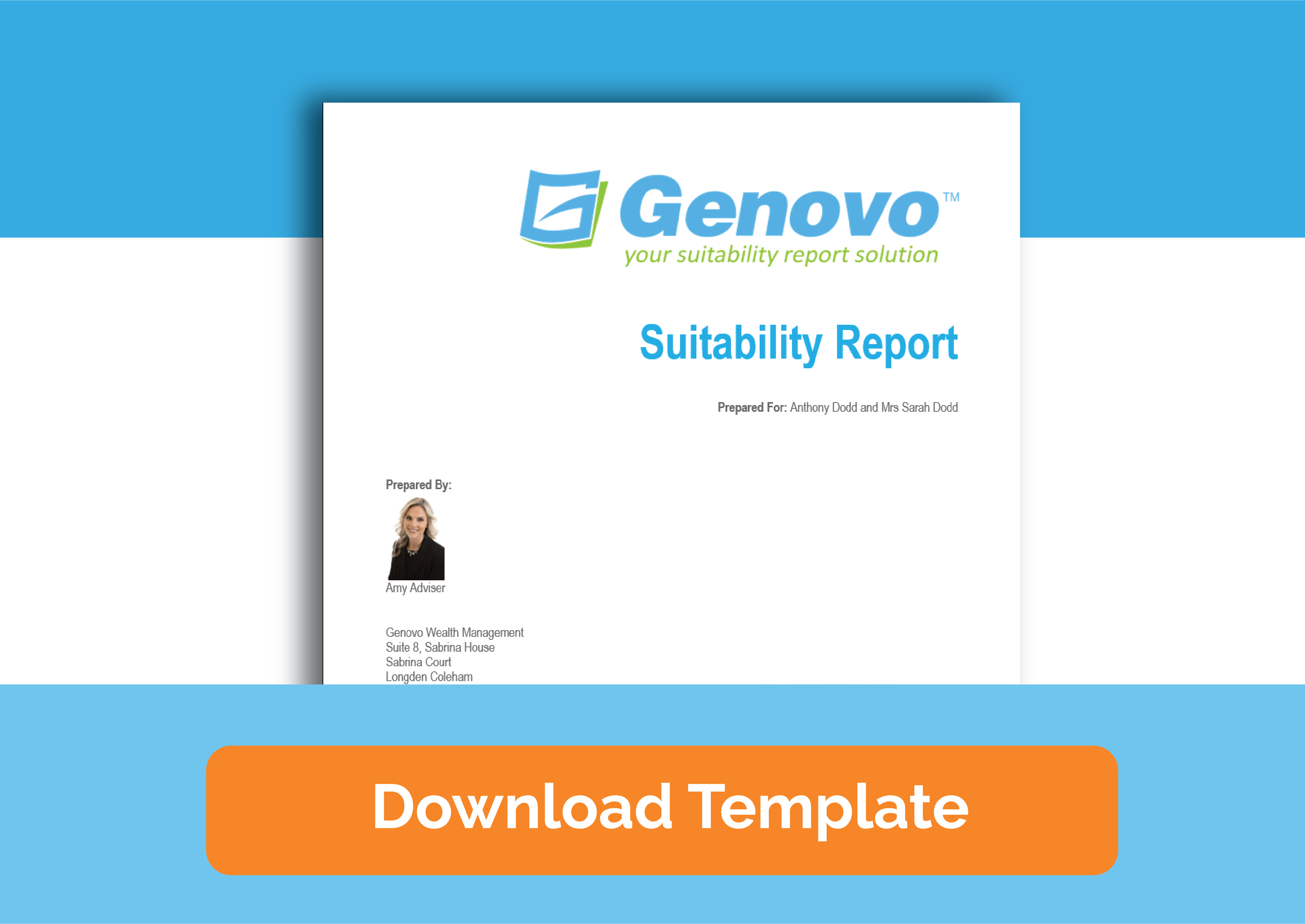
How to spend less time entering plan charges in Genovo
Nigel Ogram
I was a paraplanner for about 15 years before joining Genovo. In my various paraplanning roles, I actually enjoyed writing suitability reports. I took a lot of pride in crafting reader-friendly and engaging reports that clients could understand. The fact that well-written reports tended to have a compliance benefit was a welcome bonus.
However, despite my enthusiasm for the art of report-writing, there was always one element that I didn’t particularly enjoy – charges disclosure. Not only was it a dry subject that was difficult to present in a clear, transparent and easy-to-understand fashion (more on that in my next blog….), the actual task of finding, translating and keying in the data was often challenging and laborious.
Here at Genovo, we recognise that obtaining and entering charges is one of the less exciting aspects of report writing, so we’ve built two features that can help you save considerable time.
Predictive Plan Charges
This feature is powered by the Genovo AI Assistant – ‘Gena’. Predictive Plan Charges populates the Current Plan Charges step of a review section by re-using charges data that was entered in a previous report for the same client.
This feature is really smart too – it interrogates the previous report to see if the plan included a recommended action that involves a change to the plan charges (for example a change to the investment strategy). If it does, the charges data is retrieved from the Revised Plan Charges step, rather than the Current Plan Charges step.
Because there is always a chance that the data may be out of date and should be checked, Gena adds an indicator and a warning when previously entered charges data is imported:

Predictive Plan Charges is disabled by default, as users need to understand and accept the implications of importing charges data from previous reports. It can only be enabled by Account Owners or Account Admins. This is done in Account Admin > Manage Users:

You can find everything you need to know about Predictive Plan Charges in this Knowledge Base article. If you haven’t enabled it already, give it a try (It’s particularly helpful for annual reviews). We think you’ll love it!
Plan Charges Library
The approach detailed above clearly wouldn’t work for new plan recommendations (they are new plans, so they won’t have been included in a previous report!)
So, we built the next best thing – a Plan Charges Profiles Library. This is where Account Owners or Account Admins can save and manage charges information for plans and providers that are frequently recommended by the financial advisers / planners within your company. This means that when you get to the Plan Charges step for a new recommendation, rather than finding and entering the charges details, you simply have to add them from the library with a couple of clicks.

Half an hour spent adding the charges of your commonly recommended plans will save a few minutes for every new recommendation report going forward – surely a great investment!
The Plan Charges Profiles Library has a dedicated section in the Genovo Knowledge Base.
Nigel’s knowledge
We’re always looking for ways of making the report writing process more efficient. We have bold plans for ‘Gena’, but Genovo already offers some great time-saving features:
- The ‘Gena’ report creation method
- The Advice Option & Reason Library
- Speech to text functionality
- CRM integrations with intelliflo office, Plannr, Xplan and Curo
- Investment library
Further reading
You’ll find loads more really useful information in:
- Genovo’s series of User Tip blogs;
- the extensive Genovo Knowledge Base;
- the collection of really useful Genovo matrices;
- the ever popular Genovo video tutorials; or
Of course, if you’re still stuck, or just need a helping hand, you can always submit a support ticket and we’ll get straight back to you.
Finally – make sure you don’t miss any of our hints & tips – subscribe and get email alerts when we update our blog.

